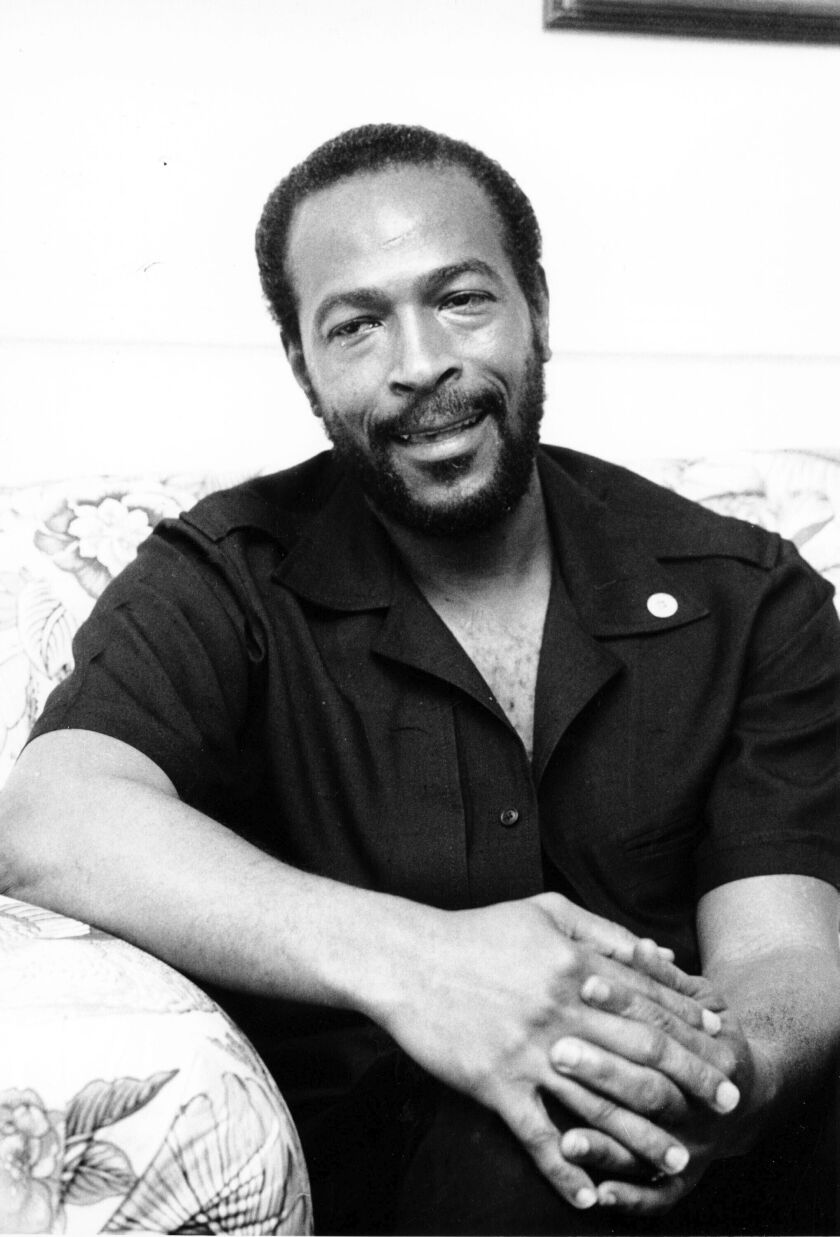Any list of the greatest protest and social commentary songs would have to include the following:
- “Imagine” by John Lennon
- “Ohio” by Crosby, Stills, Nash & Young
- “The Revolution Will Not Be Televised” by Gil Scott-Heron
- “What’s Going On?” by Marvin Gaye
- “Won’t Get Fooled Again” by the Who
All released in 1971 — the same year that yielded the albums “All Day Music” by War, “Madman Across the Water” by Elton John, “Roots” by Curtis Mayfield, “Surf’s Up” by the Beach Boys, “Sticky Fingers” by the Rolling Stones, “There’s a Riot Goin’ On” by Sly and the Family Stone, “Tapestry” by Carole King, “Who’s Next” by the Who, “Blue” by Joni Mitchell and Led Zeppelin IV — so yes, there’s enough music and more than history in the making to justify Apple TV+ devoting eight episodes of approximately 45 minutes each to the documentary series “1971: The Year That Music Changed Everything.” This is the definitive visual history of one of the most tumultuous years in American history — and arguably the greatest year ever for rock, pop and soul.
From the opening scenes of police officers dragging detainees through the streets, construction workers and anti-war protesters clashing in New York City and the burning of the ROTC building on the campus of Kent State, the filmmaking team (whose credits include “Amy” and “Exit Through the Gift Shop”) make it clear “1971” is going to be as much about the tenor of the times as the music that reflected and, in some cases, influenced young America.
“There was a huge divide in America, because of Vietnam,” says Chrissie Hynde of the Pretenders, who was a student at Kent State University at the time of the still-shocking, almost incomprehensible killing of four students and the wounding of nine others at the hands of National Guardsmen who fired into the unarmed crowds in the spring of 1970. “Shocked? Yeah!” says Hynde. “These kids were lying on the ground, bleeding to death.”
Cue the spine-chilling opening notes and lyrics of “Ohio,” the brilliant anthem by Crosby, Stills, Nash & Young: “Tin soldiers and Nixon’s coming, we’re finally on our own, this summer I hear the drumming, four dead in Ohio …”
We often see the lyrics of songs superimposed onto still photos and archival footage of the time, e.g, when we hear how Marvin Gaye was inspired to write “What’s Going On?” by his brother being sent to Vietnam, we see footage of caskets arriving in America as families weep, and see the lyrics: Mother mother, there’s too many of you crying, brother brother brother, there’s far too many of you dying. It’s a powerful technique, merging the music with the movements.
“1971” is also filled with audio recordings of comments from the prominent artists of the day, and incredible behind-the-scenes footage of John Lennon working out the arrangement for “Imagine,” George Harrison and Bob Dylan rehearsing “If Not For You” prior to the Concert for Bangladesh, as well as deep dives into the careers of Sly & the Family Stone and the Who, among many others — and recordings of Richard Nixon plotting with Henry Kissinger in the White House, a reminder of the pure evil of Charles Manson (the Manson trial was in 1971) and Vietnam, always Vietnam. In 1971, we often heard the best of America (and Great Britain) on the radio and saw the worst of it in the pro-war politics of the time.






